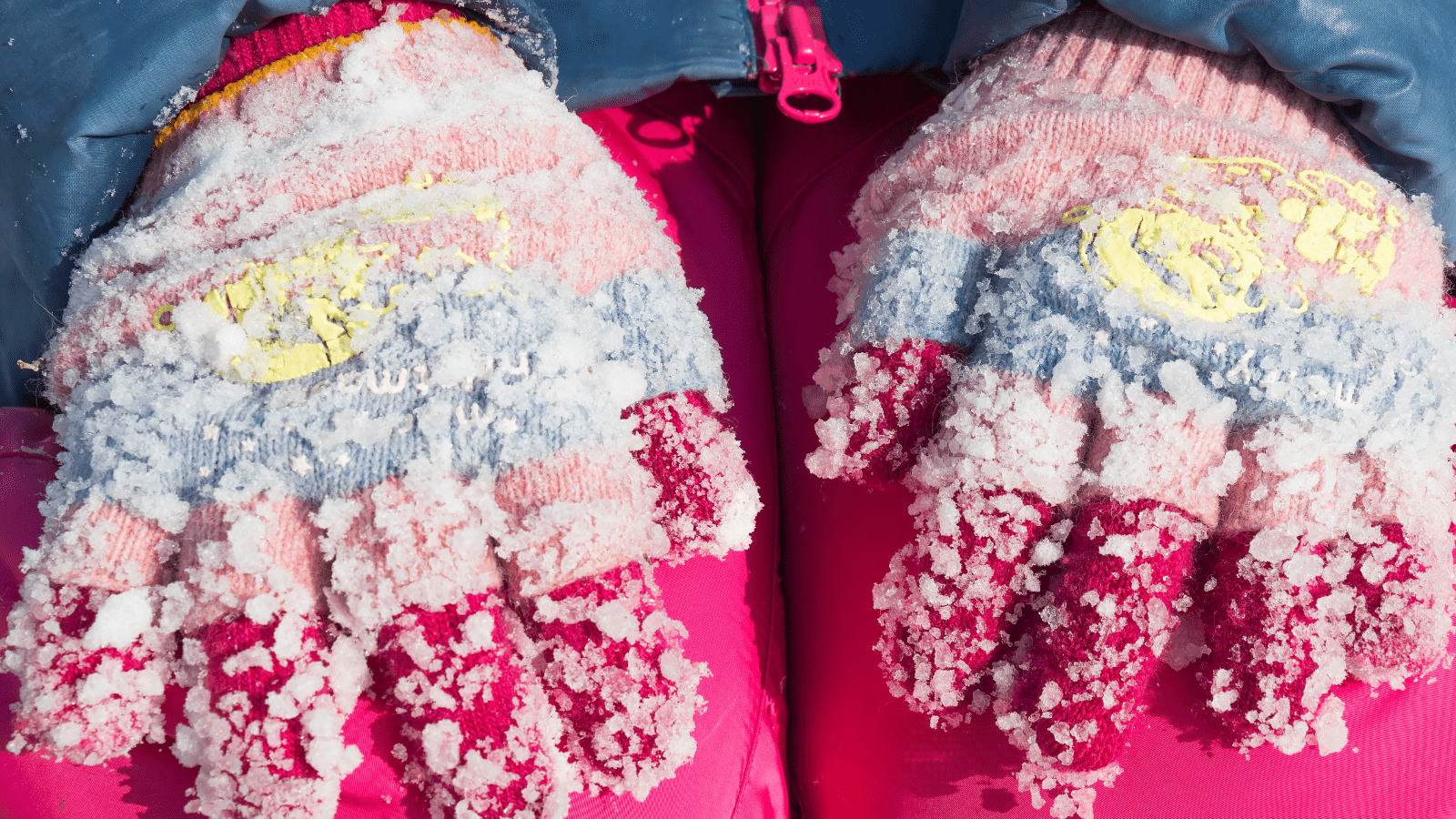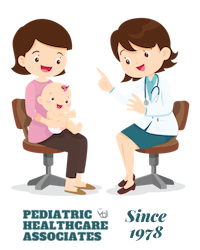Hypothermia: Wear a coat stay warm

Hypothermia is a serious medical condition that occurs when the body’s temperature drops to dangerously low levels. It develops gradually and, if left untreated, can become life-threatening. Each year, hypothermia is responsible for nearly 1,500 deaths in the United States. While anyone can be affected, babies and small children are particularly vulnerable due to their inability to regulate body temperature effectively.
Important Facts About Hypothermia:
- The average normal body temperature is around 98.6°F (37°C).
- If a child’s body temperature falls below 95°F (35°C), they may begin to shiver, and the blood vessels in their hands, feet, arms, and legs will start to narrow. This is the body’s natural defense mechanism to conserve heat and maintain blood flow to vital organs.
- As body temperature drops further, essential bodily functions begin to slow down, increasing the risk of confusion, organ failure, and even death.
How to Protect Your Child from Hypothermia:
- Dress your child in warm layers, especially in cold weather.
- Limit outdoor exposure in extremely low temperatures.
- Keep newborns and infants in a warm, insulated environment to prevent rapid heat loss.
- If your child shows signs of severe shivering, lethargy, confusion, or blue-tinged skin, seek medical attention immediately.
If you are concerned about your child’s risk of hypothermia or need expert guidance, consulting a qualified pediatrician is essential. If you’re looking for the best pediatricians in Altoona, PA, choose healthcare providers experienced in pediatric emergency care and temperature regulation issues. Early diagnosis and prompt treatment can make all the difference in preventing complications from hypothermia.
Taking precautions and being aware of the warning signs ensures your child stays safe, warm, and healthy—even in the coldest conditions.
What are the causes?
Your child spends a lot of time in a cold, unheated indoor environment.
Your child is outside in cold weather without a coat, hat, gloves, and shoes that protect against the cold, wind, rain, or snow.
Your child wears cold, wet clothing or stays in freezing water for too long.
What are the risk factors?
Poor diet
dehydration
alcohol
drug abuse
low body weight
Chronic medical problems
Homeless people are at high risk of hypothermia, as are those who are unable to keep their home warm due to no insulation, poor heating system, or poverty.
Symptoms
Cold skin
Shivering and goosebumps
Fast breathing and heartbeat at first, followed by a slow or irregular heartbeat and slow, shallow breathing
Feeling tired or drowsy or trouble thinking clearly
Problems with walking and balance
Fainting or coma.
Treatment
A child who has severe hypothermia needs to be treated in a hospital as soon as possible. Get emergency help right away or call 911.
If your child appears to have hypothermia, here's what you can do while you wait for medical help:
If your child is not breathing or has no pulse, start CPR if you have had CPR training.
If your child is breathing:
Take off cold, wet clothing.
Wrap your child in blankets or other dry coverings including warm blankets, if possible.
If you must stay outdoors, cover your child's head, but not your child's face.
Keep your child from direct contact with the cold ground and shelter your child from the wind.
If you have no blankets or covers, cover your child gently with your body to add warmth.
Prevention
The best way to prevent hypothermia is to be prepared and dress your child.
Have your child wear several layers of clothes rather than a single, thick layer.
The best layers are those that provide good insulation and keep moisture away from the skin. Materials that do this include polypropylene, polyesters, and wool.
Wear an outer garment that is waterproof but will also "breathe."
Have your child wear a hat and mittens and keep the neck covered to help retain body heat.
Be prepared for a sudden change in the weather. Carry proper clothing and emergency supplies in a backpack so you are prepared for bad weather.
Don't begin an outdoor activity too late in the day.
Take off any clothing that gets wet and put on warm, dry clothes.
Drink plenty of nonalcoholic fluids. People who get hypothermia are often dehydrated.
Keep space blankets (sheets of plastic and aluminum that help retain heat) and high-energy food handy in case of an emergency.
Keep an emergency kit in your car with blankets, matches, food, and first aid supplies. If you get stranded in the snow, you can run the car for 10 minutes every hour to warm up. Make sure that the exhaust pipe is not covered and you have a window open slightly before you do this.
Keep a full tank of gas in your car for winter outings in case of emergencies.
Hypothermia can also happen indoors, especially if you have trouble keeping your home warm.
Have your home properly insulated.
Keep your living area above 65F, or 18.3C. Take your child to safe and warm places, such as shopping malls or community centers, during cold weather if you need to.
Make sure that your child wears layers of warm clothing and covers the head and neck, even indoors, to keep warm. Be sure to have and use enough warm blankets.
Keep your child dry.
Make sure that your child gets plenty of rest, exercises, and eats healthy food. Give your child hot meals and drink warm liquids throughout the day.
Ask your healthcare provider if any medicine your child takes might increase the risk of hypothermia.
If you cannot pay heating bills to keep your home warm, you can ask for help from government agencies that can provide funds to help pay fuel bills, churches, or hospitals.
Disclaimer: This health information is for educational purposes only. You, the reader, assume full responsibility for how you choose to use it.
Citation/References:
https://www.abcdpediatrics.com/advisor/pa/pa_hptherm_crs.htm







